Retelling Non-Fiction Using Text Structure
Do your students suffer from “bouncing brain” syndrome when retelling a non-fiction text?
This year, I discovered that SO many of my students struggle with retelling informational texts using any kind of sequence and order. During my winter assessments, students would just recall and retell facts in whatever order that popped into their heads, with no regard to chapters, sections, or text structure. I wanted to cry.
So, what’s the cure? How can we get those brains to stop bouncing?
No Bouncing Brains Allowed!
To kick-off my retelling unit, I put up a “No Bouncing Brains!” poster in my classroom and told my students we were going to cure their bouncing brains. Of course, they were intrigued and wondered what a “bouncing brain” was, so I indulged them and dramatically modeled what some of their retells sounded like to me. I shared an example of a retell with my brain “bouncing” everywhere, shouting out random facts about a topic from all different parts of the text. I may have gone a bit overboard with my example, but they were laughing… and they were hooked.
First, we created an anchor chart of what a non-fiction retell should include and what it should sound like. I created a reference page using this anchor chart for the students to keep in their folders. (Download a free copy of this reference page at the bottom of this post!)
We then took a few steps back and went over what a “structure” was. Students completed a “What is Text Structure?” sentence frame activity to review the definition and we discussed how text structure helps us as readers.
I repeated this activity throughout the week. The first day, I guided the students in completing the fill-in-the-blank sentences together using post-it notes on the chart paper, but for each day after that, I placed a sentence frame page in a sheet protector and students completed the sentences with a dry erase marker. This was a great way for students to review the language and purpose of text structures.
After reviewing the parts of a retell, I gave each student a graphic organizer which we used as a tool throughout the week to organize the important information that needed to be included in our retells. We discussed how non-fiction text structure is extremely important to understanding and retelling informational texts and how being able to identify the text structure helps guide us in retelling a non-fiction text. For example, with a problem & solution text, you would share information that you learned about the problem first and then discuss the solutions that were shared in the text. (You wouldn’t share the solutions first, obviously!)
Using a non-fiction text, I modeled each step of the retelling process explicitly so students knew exactly how to fill out the graphic organizer and what information to include. We went over the difference between important and “not-so-important” information for each chapter. (NOTE: This may require a mini-lesson all on its own. We already covered finding key words and creating key word summaries earlier in the year, so this was a review for most of my students.)
Using the completed graphic organizer, I modeled how to retell the text using the text structure to guide us. The first time, I read from the graphic organizer, but the next two times I used only the book and it’s text features (table of contents, photos, etc.) to guide my retell. I showed them how to just peek at the book without actually rereading any of the sections. I modeled using connecting words and phrases to make my retell sound like I was talking.
Example Connecting Phrases:
- One similarity is…
- As a result…
- The problem was…
- The problem was solved by…
- Also…
- Additionally…
(NOTE: Students received a “cheat sheet” of these sentence starters to use as a reference. For students who have a hard time coming up with connecting words, I had them write them directly into their graphic organizers with the facts and information.)
Keep in mind, the GOAL is to slowly take away the graphic organizer. Yes, graphic organizers are a great way to organizer the information, but for this skill, you don’t want the students to rely on it. When we retell texts, we often don’t have the opportunity to take notes or use a graphic organizer. The purpose of the organizer was to provide an initial framework that they could use for putting their thoughts in order and to use as a mental reference for future retells.
Lots and Lots of Student Practice
Over the next couple of weeks, in my small reading groups, we practiced completing graphic organizers and retelling texts for each of the five non-fiction text structures. During these guided sessions, I chose shorter, independent-leveled texts so that the focus was on the facts and information on not on decoding or trying to understand the content. A good plan would be to spiral this skill into the students’ instructional-level texts, once you’re sure they understand the process and are able to produce a pretty good retell using the easier texts.
Students evaluated themselves using a self-reflecting checklist and rubric. I found the most powerful way for students to assess their retells was to record themselves retelling a text and using the checklist to see if they included everything they were supposed to. We also practiced retelling in partners, with one student retelling and one student “coaching.” It was important to emphasize that no one had a perfect retell (not even me!), and we spent time talking about our reading growth mindset that supports our ability to improve and become better readers throughout the year.
Ready-to-Use Lesson Resource Materials
Want a sample of the lesson materials I used? It is FREE for my email subscribers. If you’d like to download this sample, you can subscribe here or complete the form at the bottom of this post. You will also receive exclusive access to my entire growing collection of free literacy resources! (If you’re already a subscriber, you may download the resource HERE.)
The sample includes the “No Bouncing Brains!” poster, “Retelling Non-Fiction” reference sheet, and the “My Non-Fiction Retelling Checklist” that I used with my students.
Want more than just the sample? Click HERE to view the complete resource of materials in my shop! This resource includes 24 pages of non-fiction retelling materials including posters, bookmarks, student reference sheets, assessment rubrics, graphic organizers, reflection pages, teacher anecdotal note pages, and more.

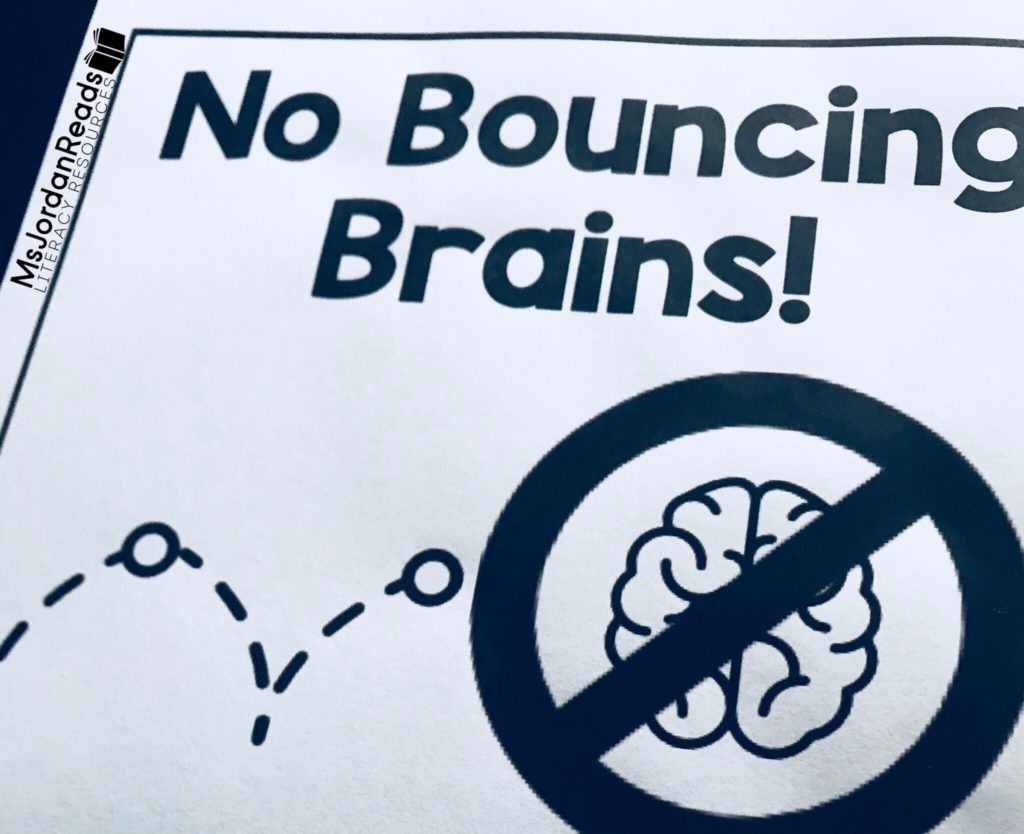
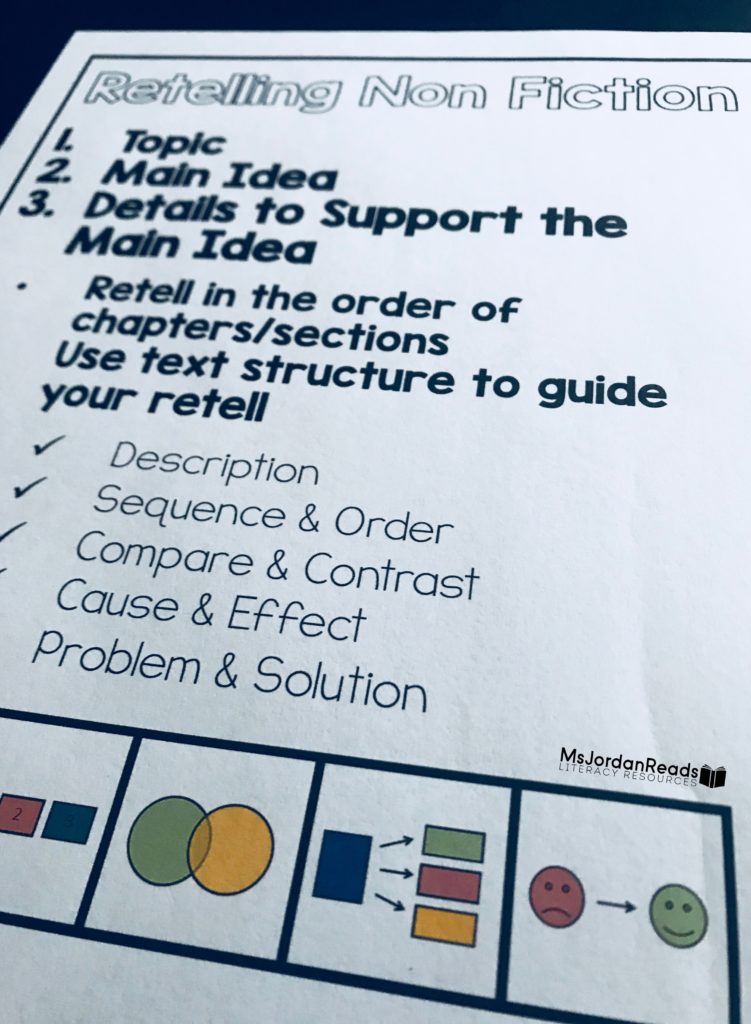
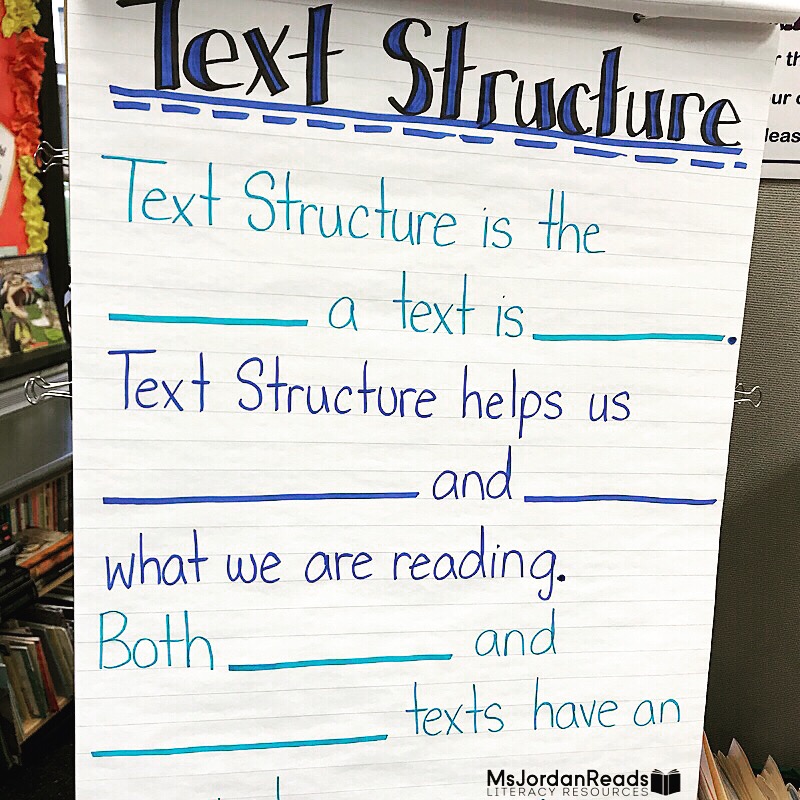
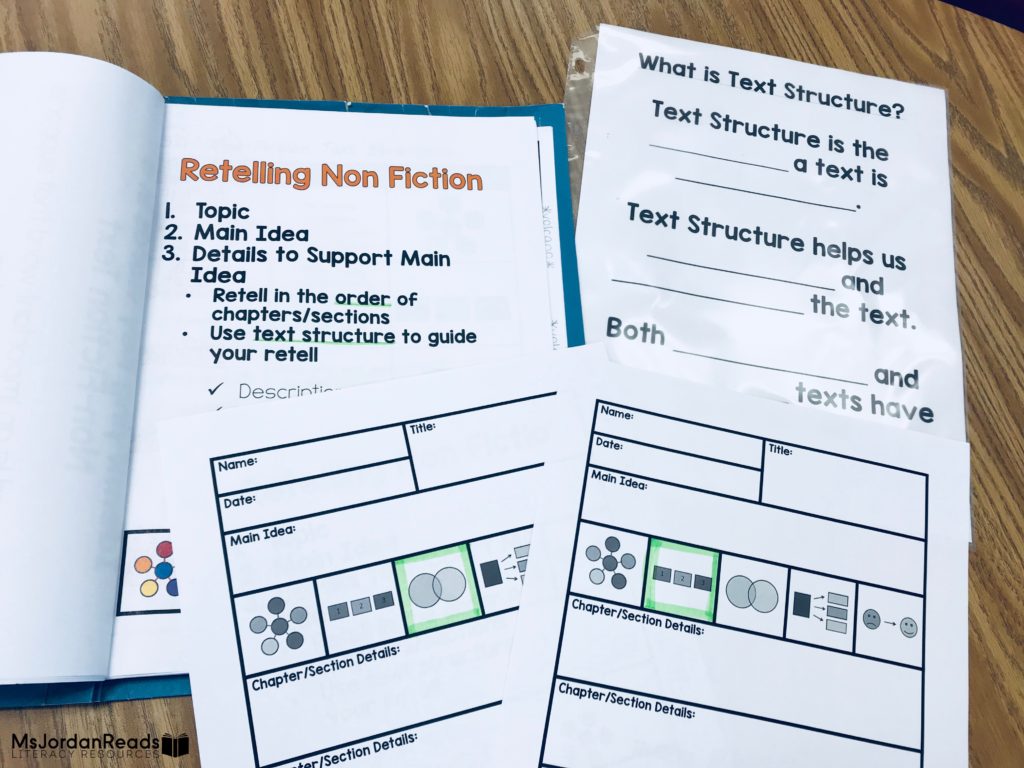

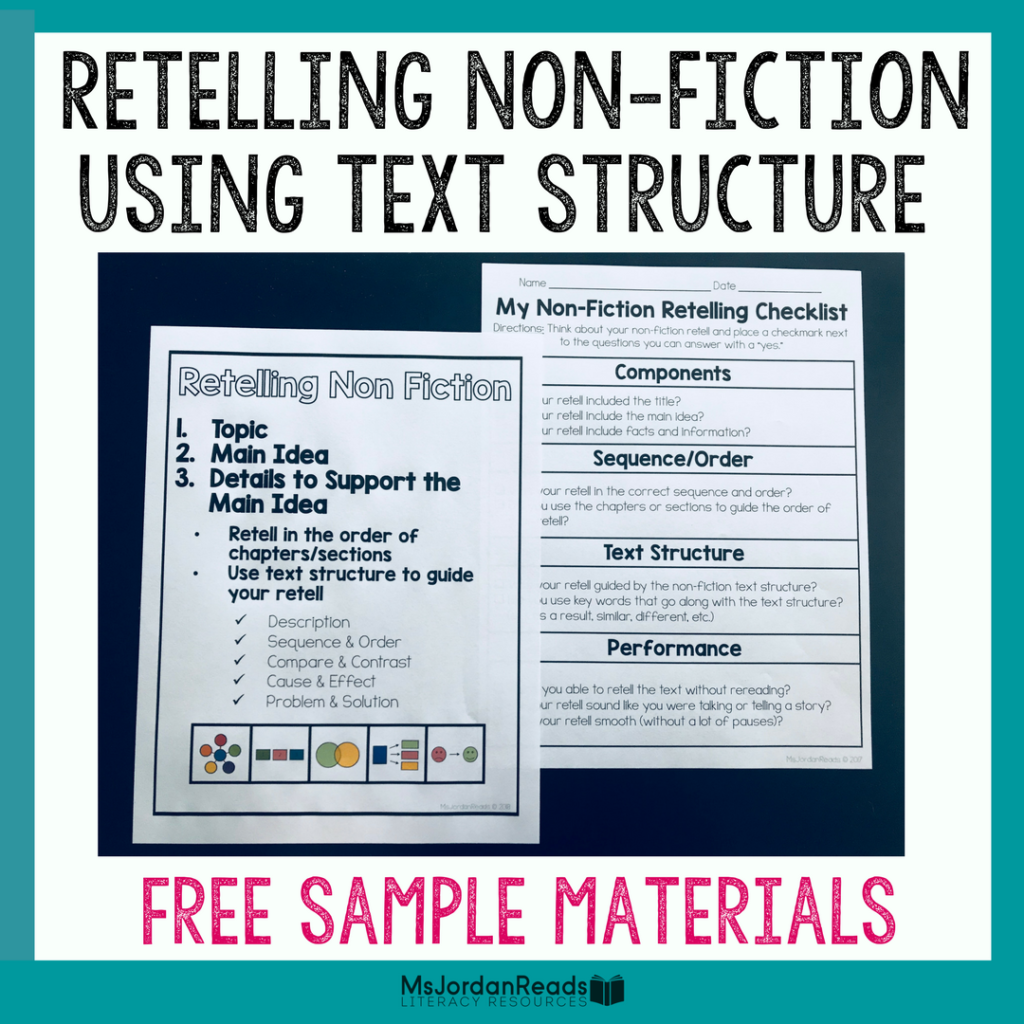
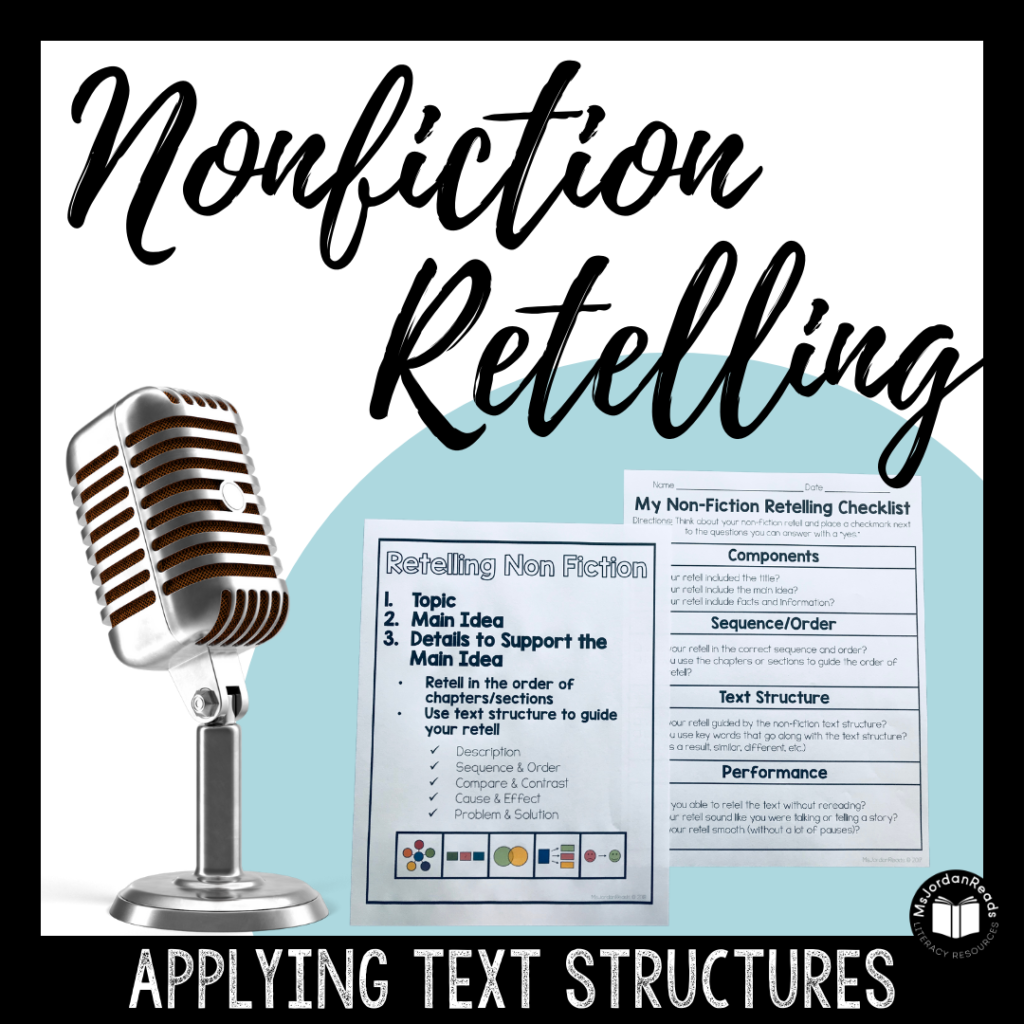
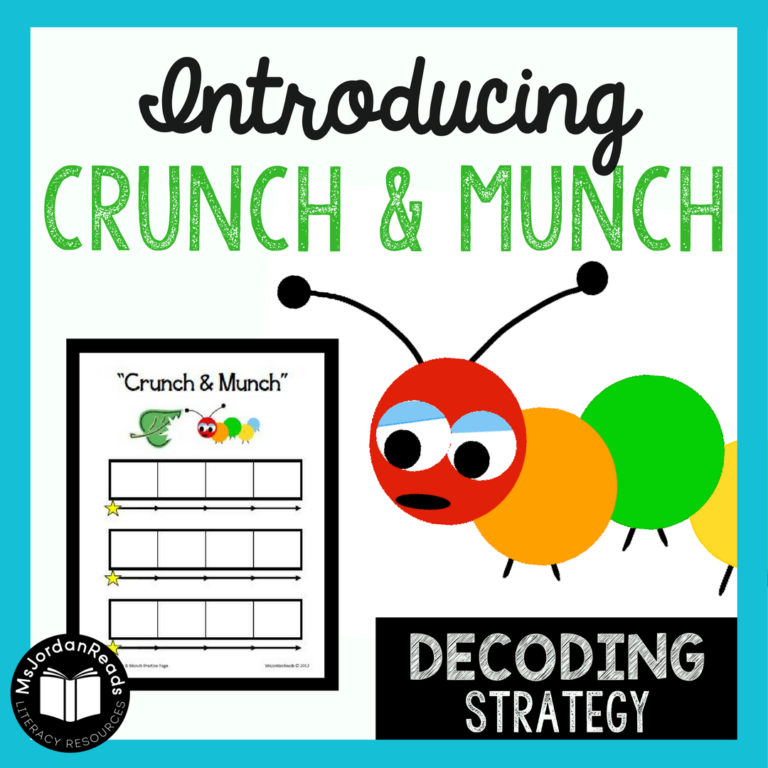
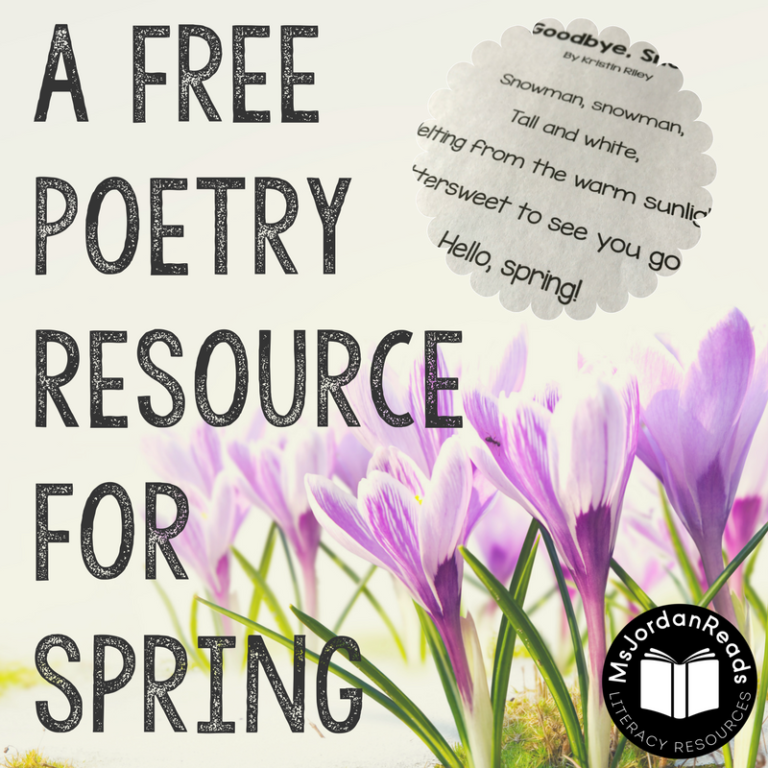
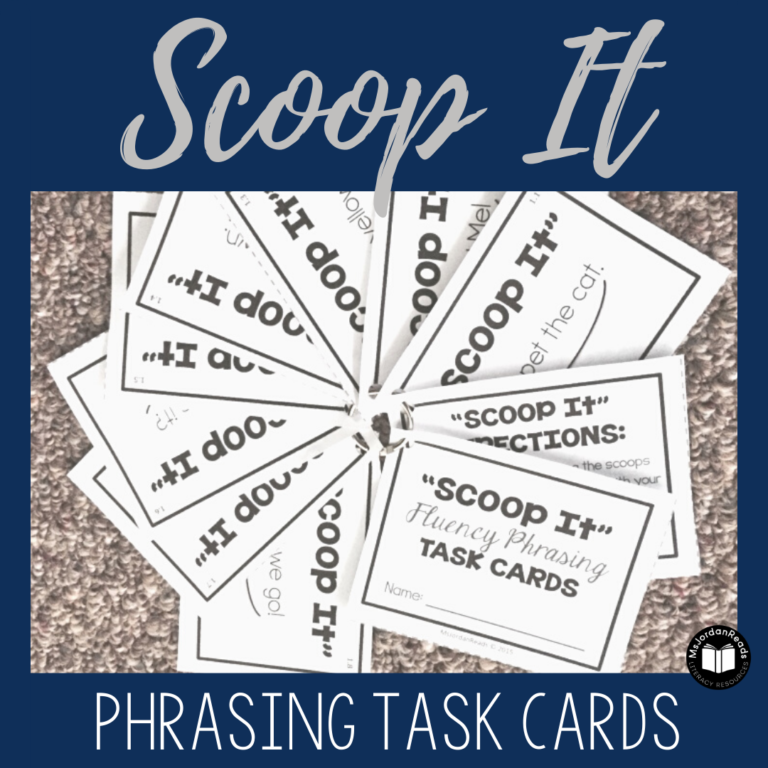

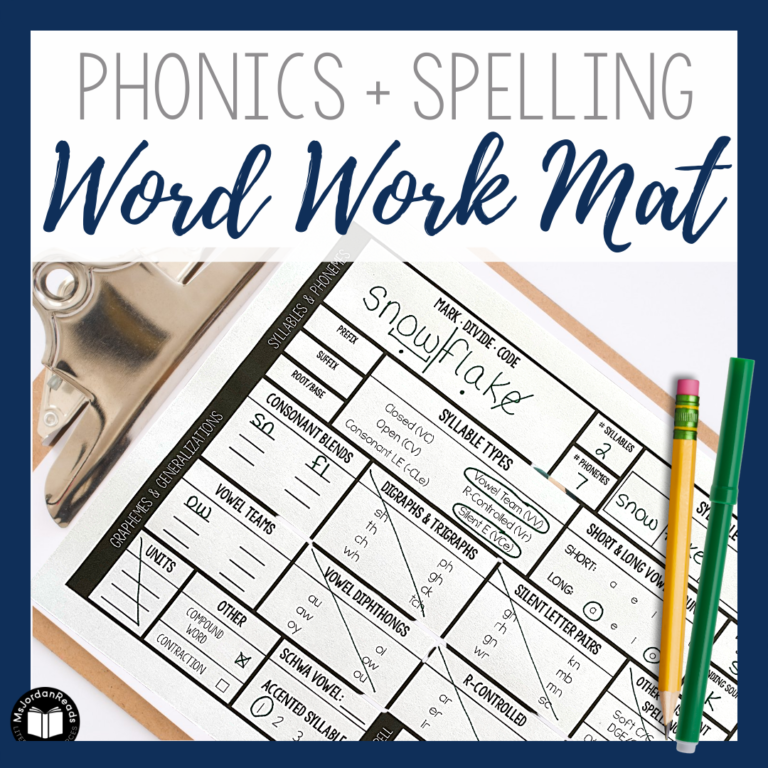
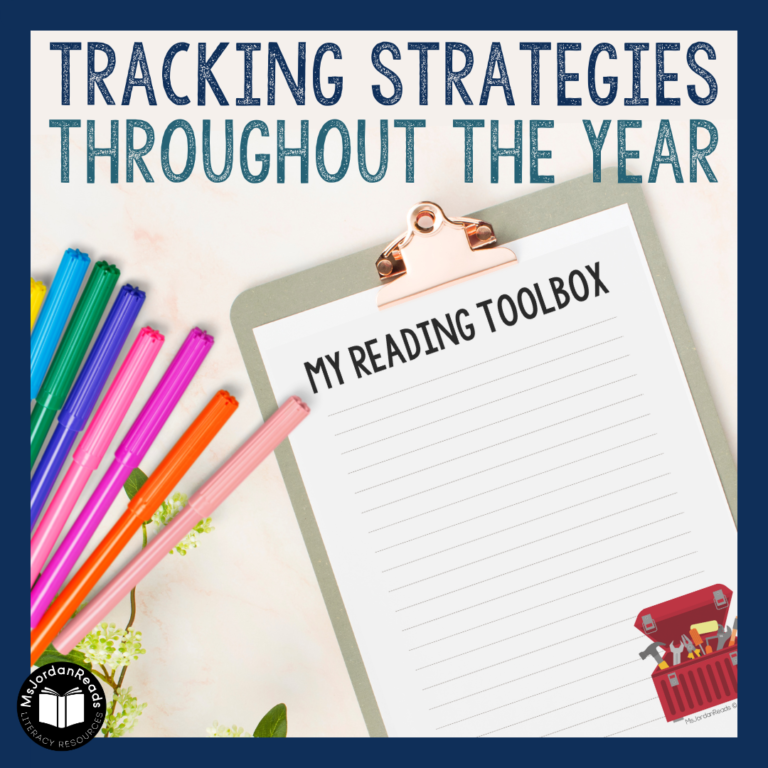
What a great way to help manage the “bouncing brain syndrome”…hahaha I laughed out loud but that is the perfect description 😉
I love the bouncing brains poster…if that isn’t the truth! Your store looks amazing! Thank you for the sample packet, and I signed up for your newsletter, too. Yay! 🙂